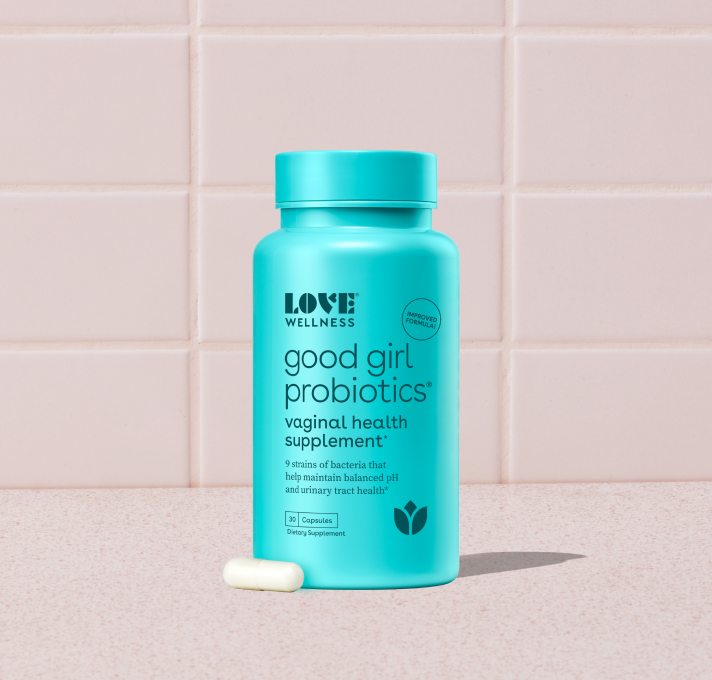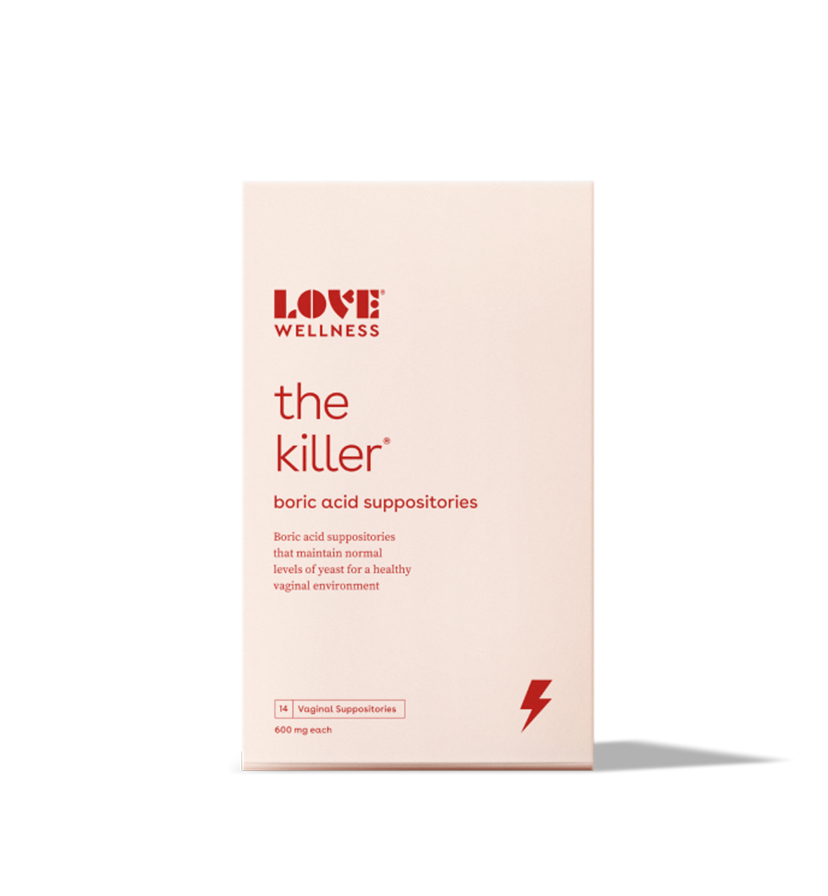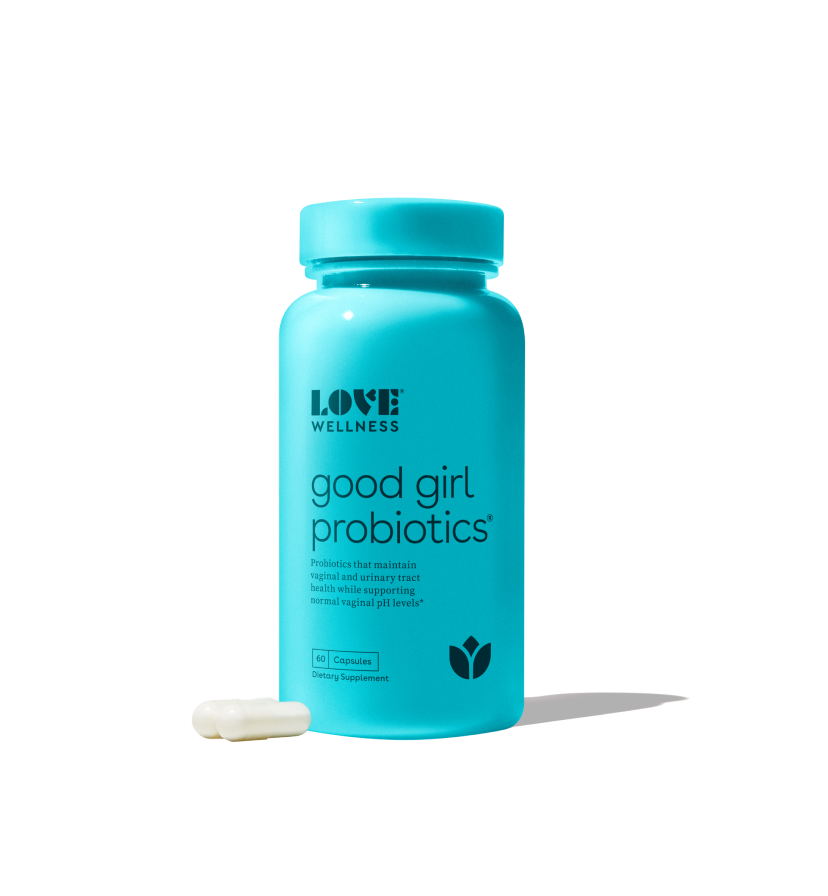As tough as it is dealing with itching, swelling, burning, or any other discomfort in the general vicinity of your vagina, it’s even tougher not knowing what’s causing the problem.
Is it a yeast infection or a urinary tract infection -- or something else entirely? Figuring out exactly what’s going on down there is a major step toward finding relief. It will point you in the right direction for treatment and will determine if you need to get your doctor’s help or not.
While there are differences, the symptoms of these two common conditions can overlap because parts of the urinary tract like your bladder and urethra (where urinary tract infections take place), are right next to your vagina (where yeast infections take place).
The bottom line? It’s not uncommon or weird to be confused about which condition you have, but it is vital to know the difference so you can seek the best possible care.
What’s the Deal With Urinary Tract Infections (UTIs)?
The term UTI is often used to talk specifically about bladder infections -- but it is actually an umbrella term for an infection that can occur in any part of the urinary tract, which includes your bladder, urethra, ureters (tubes that move urine from the kidneys into the bladder), and kidneys.
Clearing waste via urine is a primary function of the urinary tract. Ideally, this would also flush out any lurking pathogens to help keep infections at bay. But sometimes, potentially harmful bacteria sneak their way in there and reproduce in the urinary tract, ultimately causing an infection.
While not a sexually transmitted infection (STI), having sex can trigger a UTI because it can push bacteria into your urethra. Peeing before and after sex can help reduce this risk. Sexually transmitted infections (STIs) like chlamydia, gonorrhea, and herpes can also irritate and infect the urethra -- so treating an STI could potentially address your UTI as well.
Other risk factors for getting UTI’s include a history of UTIs, hormone changes from pregnancy, and changes to your vaginal microbiome from menopause. You can also increase your risk of getting one by not wiping front to back since wiping the other way around can give G.I. bacteria a free ride directly to your urethra.
Most often, urinary tract infections affect the bladder and the urethra. These conditions can be very painful but don't always cause symptoms.
Some of the common symptoms you’ll experience that indicate you have a UTI are:
- A frequent urge to pee
- Painful urination
- Pelvic pain or pressure
- Cloudy pee
- Blood in your urine
- Urine that smells like ammonia
- Discharge that ranges from white to yellowish-green and thick or clear and thin
When left untreated, a urinary tract infection in the lower urinary tract can spread to your kidneys, which can lead to more serious health complications and possibly even become life-threatening. The symptoms of a serious kidney infection can include chills, fever, nausea, blood in your urine, foul-smelling pee, vomiting, and pain in your sides, back, abdomen, or groin.
If you experience any of these symptoms you should seek medical attention as soon as possible.
What’s Up With Yeast Infections?
Yeast infections are about as much fun as UTIs! They happen when a little fungus known as Candida refuses to “stay in it’s lane” so to speak. For various reasons, the Candida begins to multiply and overgrow in your body, ultimately resulting in a vaginal yeast infection. To be clear, the mere presence of Candida isn’t a cause for concern -- it’s the imbalance and overgrowth of it that creates the problem, resulting in a yeast infection.
What can contribute to this overgrowth of fungus in the vagina, you ask? Well, Candida exists alongside "good" bacteria called Lactobacillus that work to maintain the delicate balance of microorganisms in the vagina.
Changes in estrogen (like from birth control, hormone therapies, and pregnancy) can throw this balance off -- as can taking medications like antibiotics. Wearing wet clothes down there for too long can also increase your risk, as it creates a warm, damp, Candida-friendly environment. So take your mother’s advice and change out of your sweaty workout clothes or wet swimsuit right away!
Common symptoms of yeast infection are:
- Vaginal irritation
- Vaginal itchiness
- Swelling of the vulva
- Thick, cottage cheese-like discharge (usually odorless)
How To Tell Them Apart
Now that we’ve briefly covered the causes of both conditions, we need to figure out how to tell the symptoms of a yeast infection apart from those of a urinary tract infection. It might seem obvious to some, but there are similarities and overlap, so don’t feel bad if you’re having a hard time telling the difference!
Both conditions can cause a burning sensation, especially when urinating and both can result in some discharge. Other than that, yeast infections and UTIs usually have different symptoms.
Both are Super Common
It goes without saying that having a UTI or yeast infection is not anyone’s idea of a good time: They are uncomfortable and often painful. But we hope shame isn’t part of your discomfort!
Believe it or not, every single year, there are an estimated 1.4 million outpatient visits for yeast infections in the U.S., and given the prevalence of OTC treatments, the exact number of cases is unknown. Additionally, experts estimate that a whopping 75 percent of women have experienced a yeast infection at some point in their lives.
Urinary tract infections are also very common, with roughly 40 to 60 percent of women experiencing at least one in their lifetime. Many women experience them chronically.
Yeast Infection vs. UTI Treatment
Before addressing treatment options, it’s important to know what the final verdict is (UTI or yeast infection). That’s because, if you try to treat what you might think is yeast infection with OTC meds when it’s really a urinary tract infection (which you can generally only treat with an antibiotic), you could be at risk for developing a serious kidney infection.
If you’re still unsure after comparing your symptoms to the symptoms listed above, you should consult with your doctor and they will be able to help you figure it out!
How To Treat Yeast Infections
So, first up, yeast infections. Getting rid of a yeast infection really boils down to curbing your Candida overgrowth (stay in your lane, Candida!). The Killer from Love Wellness is a simple yet powerful single-ingredient solution for maintaining healthy levels of vaginal bacteria and yeast, as well as a balanced vaginal pH.
Depending on the severity of your yeast infection, you might only need a single dose of this treatment, but if your symptoms are intense or you have recurrent yeast infections, you may need multiple vaginal doses over the course of a few weeks.
The Killer® (Boric Acid Suppositories)

Or 4 interest-free payments with Klarna.
Available for orders above $35. Learn more
How To Treat UTIs
UTI’s are a bit more serious as they require a visit to the doc and a prescription antibiotic. Once you’ve treated an active UTI, the next step is all about prevention of future ones!
One way to do this is by taking a daily supplement like UTI Don’t Think So from Love Wellness. This powerful supplement is made of 36mg of PACs (proanthocyanidins), a cranberry fruit extract clinically proven to maintain urinary tract health. Made for women who want to feel confident, comfortable, and supported on a daily basis, UTI Don’t Think So will keep your urinary tract feeling 10/10.
Bottom Line
While there are some definite differences between yeast infections and UTIs, there is just enough murky overlap that it can be easy to mix up the two. If you’re still unsure what you might be dealing with, schedule an appointment with your doc so that you can get exactly what you need to feel better.
And like they say, prevention is the best medicine! For all of your health and wellness needs and to support your body’s natural balance so that you are able to better ward of UTI’s and yeast infections from happening in the first place, check out all our goodies at Love Wellness.
Whether you need a powerful probiotic that maintains vaginal and urinary tract health, a cranberry extract supplement to protect you from UTIs, or a vaginal suppository to bring balance back to your disrupted vaginal flora, Love Wellness has everything you need for a happy, healthy vagina.

Or 4 interest-free payments with Klarna.
Available for orders above $35. Learn more











